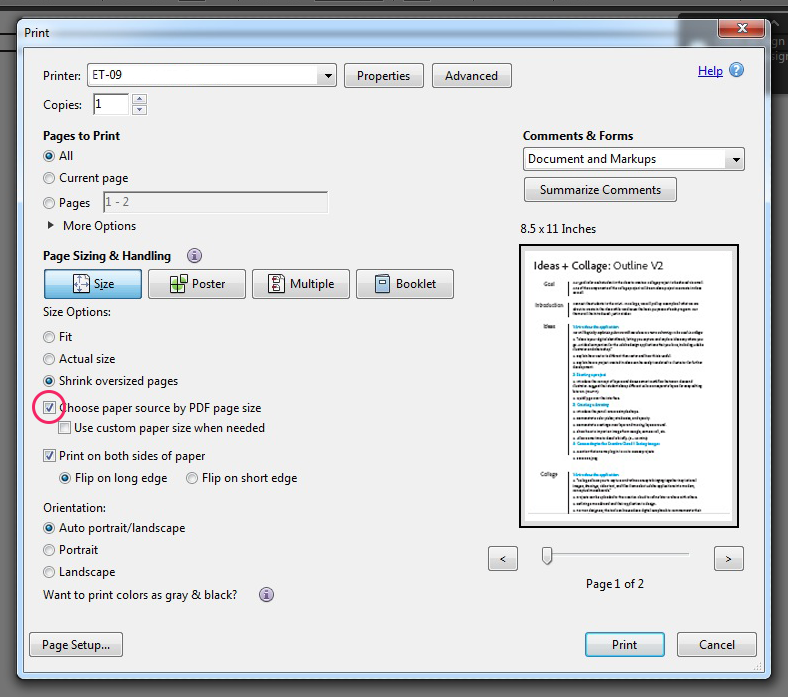

is a searchable catalog of FDA-approved drug products. Occasionally, new information on medication is released.įor updates and for any questions about any medications you are taking, please contactįor additional information on specific medications, visit at.

When this publication was developed, we included the most up-to-date (accurate) information available. This publication contains information about medications used to treat the health condition discussed here. Postmenopausal women who are younger than age 65 and at increased risk of osteoporosis – as determined by a formal clinical risk assessment tool – should also have a BMD test.ĭue to a lack of available evidence, the Task Force did not make recommendations regarding osteoporosis screening in men. Preventive Services Task Force recommends that all women age 65 and older should have a bone density test. If you do take medication to treat osteoporosis, your doctor can advise you concerning the need for future BMD tests to check your progress. Several effective medications are available to slow – or even reverse – bone loss. Osteoporosis: If you are diagnosed with osteoporosis, these healthy habits will help, but your doctor will probably also recommend that you take medication. In some cases, your doctor may recommend medication to prevent osteoporosis. Your doctor will want you to develop – or keep – healthy habits such as eating foods rich in calcium and vitamin D and doing weight-bearing exercise such as walking, jogging, or dancing. A medical condition or medication to treat such a condition that negatively affects bone.Īlthough not everyone who has low bone mass will develop osteoporosis, low bone mass is an important risk factor for osteoporosis fractures.Īs a person with low bone mass, you can take steps to help slow down your bone loss and prevent osteoporosis in your future.Low bone mass can be caused by many factors such as: If you have low bone mass that is not low enough to be diagnosed as osteoporosis, this is sometimes referred to as osteopenia. The information provided by a BMD test can help your doctor decide which prevention or treatment options are right for you. World Health Organization definitions based on bone density levels Levelīone density is within 1 SD (+1 or −1) of the young adult mean.īone density is between 1 and 2.5 SD below the young adult mean (−1 to −2.5 SD).īone density is 2.5 SD or more below the young adult mean (−2.5 SD or lower).īone density is more than 2.5 SD below the young adult mean, and there have been one or more osteoporotic fractures. The greater the negative number, the more severe the osteoporosis. A T-score of −2.5 or lower indicates that you have osteoporosis. A T-score between −1 and −2.5 indicates that you have low bone mass, although not low enough to be diagnosed with osteoporosis. The more standard deviations below 0, indicated as negative numbers, the lower your BMD and the higher your risk of fracture.Īs shown in the table below, a T-score between +1 and −1 is considered normal or healthy. Differences between your BMD and that of the healthy young adult norm are measured in units called standard deviations (SDs). A score of 0 means your BMD is equal to the norm for a healthy young adult. Most commonly, your BMD test results are compared to the bone mineral density of a healthy young adult, and you are given a T-score. Although no bone density test is 100-percent accurate, the BMD test is an important predictor of whether a person will have a fracture in the future. What does the test do?Ī BMD test measures your bone mineral density and compares it to that of an established norm or standard to give you a score. These tests are often used for screening purposes and can help identify people who might benefit from follow-up bone density testing at the hip and lumbar spine. Peripheral bone density tests measure bone density in the lower arm, wrist, finger or heel. World Health Organization definitions based on bone density levels.The test can measure bone density at your hip and lumbar spine. It is painless – a bit like having an x-ray. The most commonly used BMD test is called a central dual-energy x-ray absorptiometry, or central DXA test. The test can identify osteoporosis, determine your risk for fractures (broken bones), and measure your response to osteoporosis treatment.

A bone mineral density (BMD) test can provide a snapshot of your bone health.


 0 kommentar(er)
0 kommentar(er)
